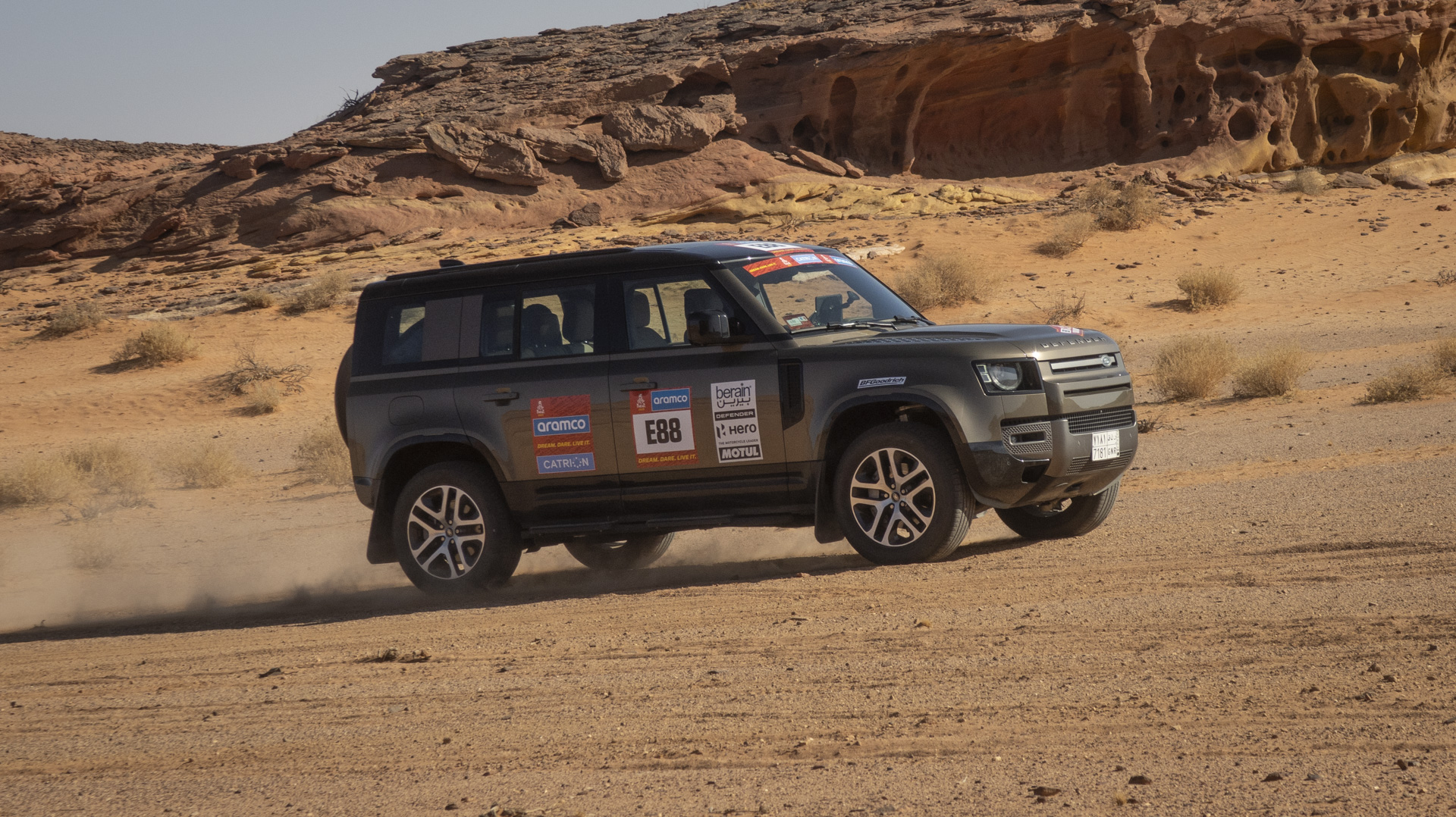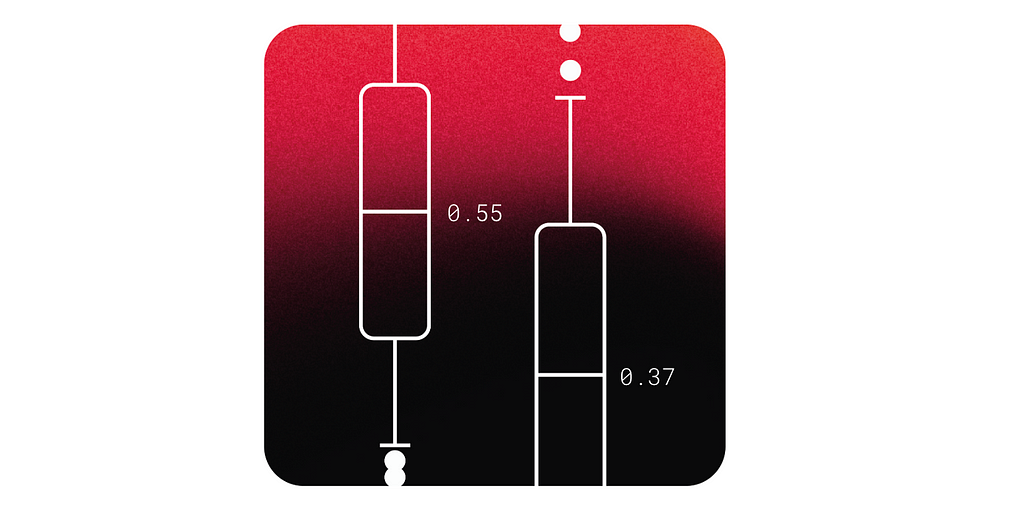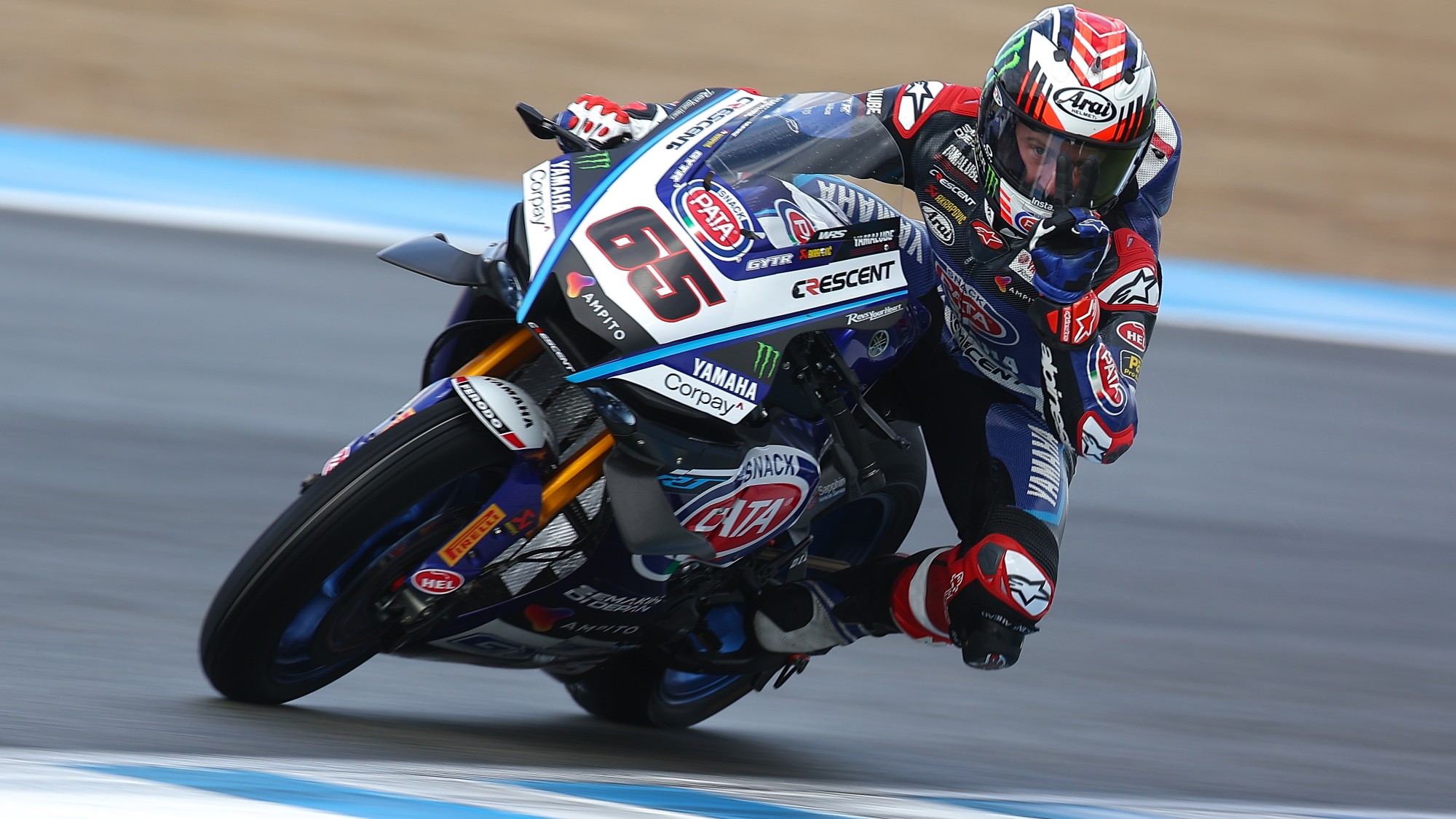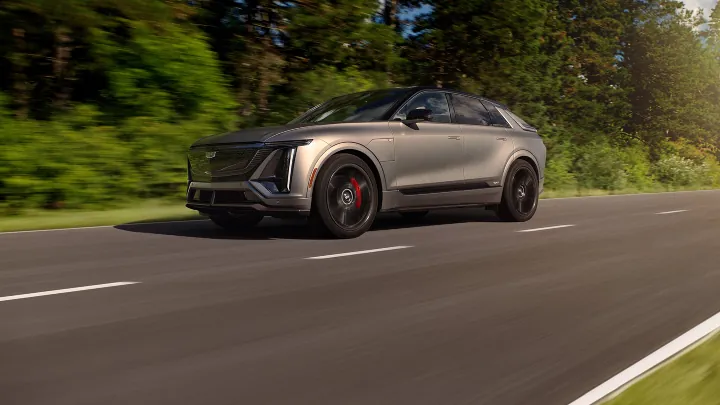Chasing the Dakar Rally in a Land Rover Defender Made Me Appreciate How Good It Is
I knew that the new Land Rover Defender was pretty capable off-road, and now I have to recognize that it's also a lot more comfortable than most 4x4s. The post Chasing the Dakar Rally in a Land Rover Defender Made Me Appreciate How Good It Is appeared first on The Drive.

Two weeks ago, Land Rover announced that two Defender SUVs (Defender being its own brand these days) would be racing across five rounds of the W2RC in 2025, “with a three-car entry in the championship’s halo event, the Dakar Rally.” Badass! Meanwhile, Defender would also be supplying a small fleet of rally support vehicles in Saudi Arabia from this year on. Well, I just spent a few days roving around the Arabian desert in one, occasionally in the back seat no less, and now feel compelled to pen a few words in appreciation for how good of an experience it was.
When I first got Land Rover’s press release about Dakar, I emailed its rep to ask what kind of Saudi-specific mods they were doing for the support vehicles and never got a reply. When I arrived I realized why—the journalist-shuttle motorpool Defenders were bog standard down to the road tires they were on. They looked good with a barrage of event stickers on them, though.
We didn’t have much extreme wheeling to do, just a few treks into the middle of nowhere on camel tracks that ranged between fire-road hardpack and medium-soft sand.

But even short stints of riding passenger off-road can be rough. The jostling just hits differently when you don’t have your hands on the steering wheel; your body just can’t sync with the car as quickly. Sitting in the back accentuates that disconnect, and even worse, it often amplifies the bumpiness just based on where your butt is in relation to the rising and compressing of the suspension.
To my amusement and frustration, the Dakar Rally organizers stuck us with some of the worst drivers I’ve ever shared a car with to get between bivouacs. Delightfully nice guys, but man, they were more or less doing the opposite of what I’d describe as a proper technique just about everywhere. All this to say—even more credit to the mid-spec, off-the-lot Defenders we had for only getting stuck a couple of times. And most importantly—being really comfortable in the back seat as we banged over deep washouts at speed and fishtailed through the sand.



Unlike most high-capability off-road vehicles, the new Defender is not built like a truck. Your typical 4×4 has a ladder frame and at least one solid axle, which is great for strength but can be suboptimal for ride quality. The Defender has an aluminum unibody and independent suspension. Specifically, short long arm style double-wishbone suspension up front and an integral link with air springs in the back.
If your eyes are glazed over by those terms, think of it this way—there are a lot of hinge points in the Defender’s suspension. The load of shock absorption and the work of wheel placement is spread around through different components resulting in nice ride quality. I mean, there’s more to it—significantly, the Land Rover’s air springs and traction control system do a good job of allocating power to the appropriate wheels in a way that usually helps keep the car moving.
When the new Defender first came out, I was lucky enough to do some pretty hardcore off-roading in one in Namibia, where its capabilities impressed me a lot. The car’s biggest weakness to me was just a lack of novelty—close your eyes riding shotgun in a Defender and you could be in any other modern crossover. But a long multi-day slog over rough terrain helped me appreciate that engineering optimized to comfort can indeed be nice in an overland vehicle.





The Defender’s aluminum construction doesn’t make it as light as you might hope—a Defender 110 is pretty porky for its size at about 5,000 pounds. But it manages its weight really well. I think the way the powertrain, differentials, and axles are mounted must be conducive to good balance.
I still wish the new Defender were a little more characterful, but I’ll re-assert that it’s capable, and now, I also have to admit that it’s pretty darn comfortable. Now that that’s off my chest, you can look forward to reading about my experience at the 2025 Dakar Rally very soon. Stay tuned.

Got any opinions on the Defender versus other adventure SUVs like the Jeep Wrangler, Lexus GX, Toyota 4Runner, or Ford Bronco? Let’s talk in the comments or email the author at andrew.collins@thedrive.com.
The post Chasing the Dakar Rally in a Land Rover Defender Made Me Appreciate How Good It Is appeared first on The Drive.
What's Your Reaction?


















































